Here is my project pitch (4/4/2015):
To me, the real defining failure of all smart fridge attempts to date has been the requirement of user input. Fridges that claim to be "the future" still require users to manually input (through keypresses or barcode scanning) what items they have purchased, and even where they are placing them within the fridge, which defeats the entire purpose of a "smart" fridge. I see no difference from these prior attempts and someone simply hot-gluing a tablet with inventory control software on it to the door of their fridge. When I have relatives that have trouble figuring out how to log back into websites like Facebook if their session expires, I find it hard to believe that consumers would ever be accepting of a smart fridge that requires manual entry of items. In fact, that option is already available to most consumers through mobile applications - anyone can create a list of what is in their fridge with the most basic of smartphones and text editing application. My project hopes to be a blueprint for a smartfridge that goes beyond manual inventory control, and becomes a seamless part of a consumer's kitchen and lifestyle. In addition it will use EXISTING food packaging technologies, instead of requiring manufacturers to implement costly innovations like RFID, which they will avoid and never implement.
Basic idea for project:
A combination of cameras mounted on the outside of the fridge and weight sensors inside the fridge would track which items enter and exit the unit, WITHOUT requiring input from the user. The fridge would "learn", and could be trained to recognize non-standard goods. Object recognition software would be implemented alongside weight tracking to determine what food objects are entering, exiting, and sitting in the fridge. A database would be maintained of standard expiration lengths for various food groups, so the fridge could track which items are likely closest to expiring, and provide that information to the user if requested. Ideally, my project would exploit existing synergies with other existing software that is popular among users, such as automatically adding items to a grocery list application (e.g. OurGroceries) as they expire.
I have to note that my educational background is not in electronics or computer science; it is in business (cue audible groans, boos, and hissing). This is worth mentioning, because I want my project to partially be a blueprint for commercial applications of a "smarter" smart fridge. For example, I could encourage companies to adapt QR codes on packaging to provide my fridge with additional information, such as lot numbers, in exchange for providing valuable user data. Example: manufacturer prints QR codes on milk cartons that includes embedded nutritional information, lot number, and expiration date. In exchange, they get access to valuable data on how many consumers are stocking their milk cartons, how long they keep them for, how fast they go through the carton... the possibilities are endless. To sweeten the deal for consumers, in exchange for providing this anonymous data, money collected from sales of aggregated data could be used to subsidize the manufacturing costs of the smart fridges, meaning a lower purchase price for consumers, which would speed up adoption. Furthermore, the more manufacturers that contribute to the database, the more access consumers would have to information that would benefit them, such as if any products in their fridge have been recalled.
I should note that there are extremely recent technological developments that bring to mind additional wonderful applications for this project - in particular, the announcement of the Amazon Dash Replenishment Service (DRS). If developments continue at this pace, it would be likely my fridge could tie into an API for a service like AmazonFresh, and predictively order food to be delivered to your front door exactly when you run out of your existing stock, meaning less gas wasted on...
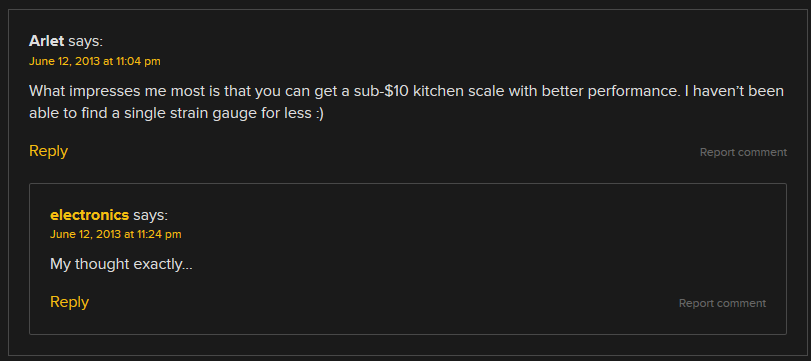
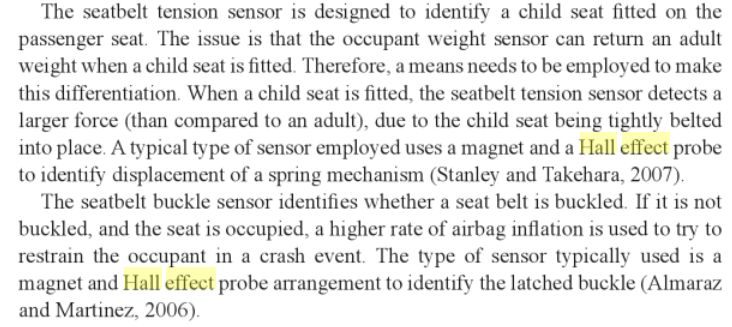
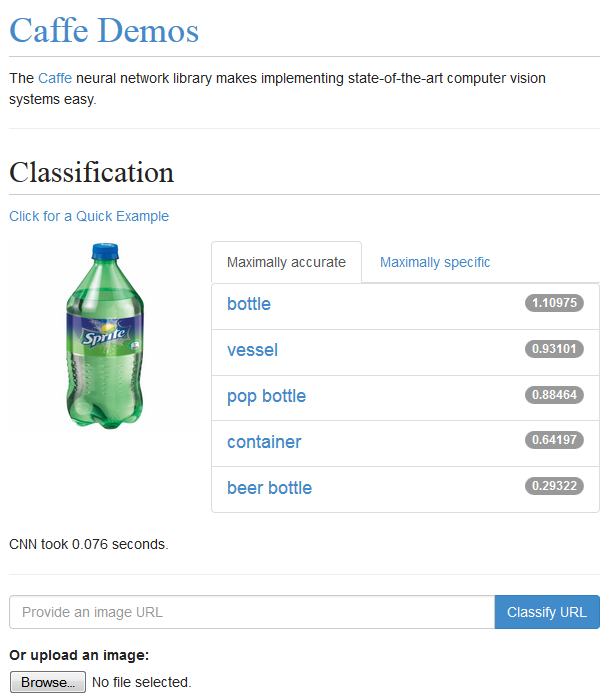
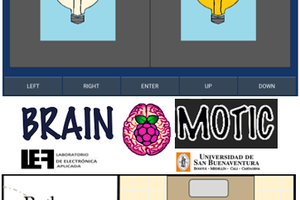
 Daniel Felipe Valencia V
Daniel Felipe Valencia V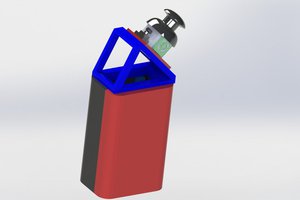
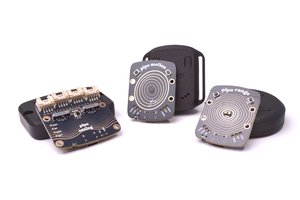
 RupR
RupR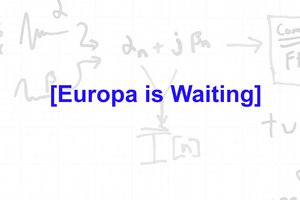
 ehughes
ehughes